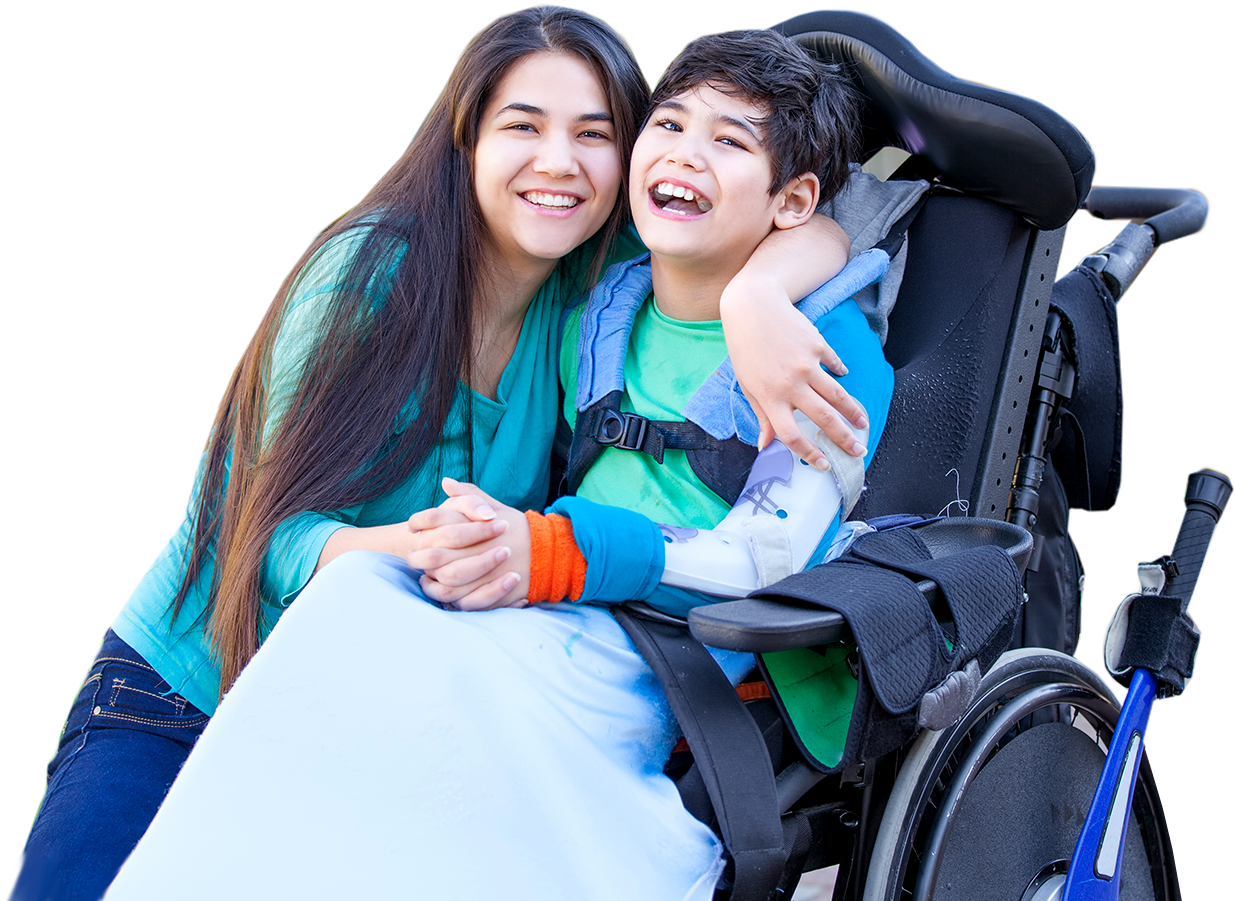CPFN Blog
advice to better care for your child

- Alternative
- Assistive Technology
- Associated Conditions
- Birth Injury
- Causes of Cerebral Palsy
- Cerebral Palsy Diagnosis
- Cerebral Palsy Information
- Cerebral Palsy Therapies
- Cerebral Palsy Treatments
- Child Development
- Doctor Visits
- Education
- Equipment
- Featured
- Legal Help
- Medical Research
- News
- Patient Care
- Prenatal Care and Childbirth
- Stories
- Tips for Parents
- Types of Cerebral Palsy
- Updates
Augmentative Communications for Cerebral Palsy
Augmentative communication devices enhance communication for those with cerebral palsy by augmenting their speech patterns, gestures, and vocalizations. They may improve communication and allow those with cerebral palsy to make new connections with family members, friends, and others in their community. Read on to learn about the many kinds of communication devices for cerebral palsy... Read More
Ceiling Rails for Cerebral Palsy
Children with cerebral palsy may need additional support to comfortably walk or transfer into a mobility aid. A ceiling rail system can include support harnesses and lifts that might make it easier for cerebral palsy patients to navigate their homes comfortably. What Are Ceiling Rails? Ceiling rails are durable tracks mounted to the ceiling that... Read More
Orthopedic Equipment for Cerebral Palsy
There are many devices and types of assistive equipment available for children with cerebral palsy. Some of the most common orthopedic devices used in the treatment of cerebral palsy are leg braces, foot braces, walkers, and therapy mats/balls. Read on to learn more about how these devices can help your child thrive. Special Tomato Sitter... Read More
Orthotics for Cerebral Palsy
Specialized or adjusted shoes and orthotics can make a world of difference in the life of a child with cerebral palsy. Read on to learn all about the best shoes and orthotics and how they can most benefit your child. Selecting the Best Footwear If your child requires a lower-body brace, it can be challenging... Read More
Prone Standers for Cerebral Palsy
A prone stander is a supportive device that can help children with cerebral palsy maintain an upright or nearly upright position. There are many benefits to this type of support, from added stability to enhanced hip stabilization. Prone standers are easily adjusted to accommodate the unique needs of each child while offering as much or... Read More
Supine Standers for Cerebral Palsy
Children with cerebral palsy have difficulty controlling their muscles, which can make standing impossible. There are many types of standers and mobility supports on the market that are designed to help patients with cerebral palsy stand, move, and interact at head height with those around them. A supine stander is a highly supportive device that... Read More
Epilepsy and Cerebral Palsy: How Are They Related?
Cerebral palsy and epilepsy are more common than you might think. As of 2015, about 470,000 children had epilepsy in the United States. Meanwhile, cerebral palsy—the most common motor disability in childhood—affects an estimated 1 out of every 323 children. What’s more, many children with cerebral palsy also suffer from epileptic seizures. So, does that... Read More
Could Hypothermia Therapy Be Used as Treatment for My Child’s Hypoxic-Ischemic Encephalopathy?
As you approach your due date, you’re likely focused on preparing as much as possible to ensure a safe and healthy delivery. That’s why it’s so important to plan ahead for the small chance that something goes wrong. One possible complication is hypoxic-ischemic encephalopathy, a birth injury that occurs in 1.5 out of every 1,000... Read More
Causes of Cerebral Palsy: Anoxia/Lack of Oxygen Leading to HIE
Anoxia occurs when the body or brain loses its oxygen supply. In the context of childbirth, when oxygen deprivation takes place, it can contribute to a form of brain damage caused by oxygen loss known as hypoxic-ischemic encephalopathy (HIE). HIE can result in cognitive and motor deficiencies that may impair a child’s development and contribute... Read More
What Expectant Mothers Should Know About Fetal Movement, Fetal Oxygen Reserves, and Induction
As a soon-to-be mother, you’re already doing your best to eat a balanced diet, get plenty of sleep, and avoid stress to ensure the health of your baby. When it comes to the health and well-being of their unborn babies, mothers have two incredibly valuable tools—their instincts and their acquired knowledge of markers of their... Read More
